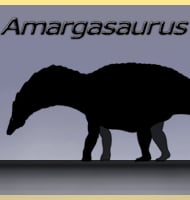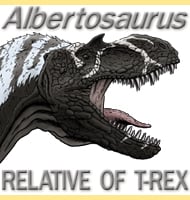Amargasaurus
In Depth Amargasaurus has easily become one of the most popular dinosaurs thanks to the elongated neural spines of the neck vertebrae that are immediately apparent from even a casual glance at the skeleton of this dinosaur. Technically known as hemispinous processes, these spines rise up from the top of the vertebrae and are bifurcated, … Read more

